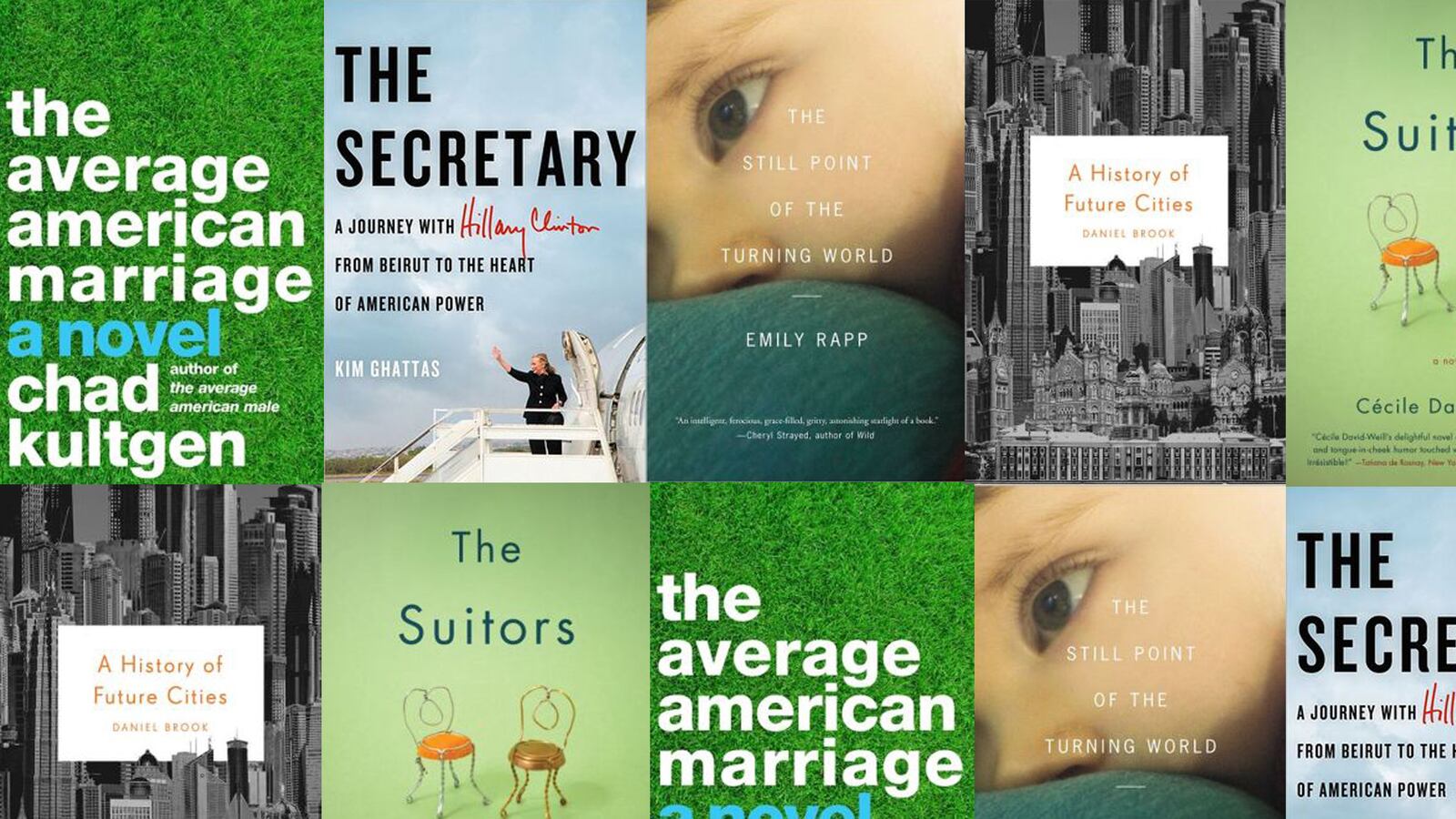A History of Future Cities By Daniel Brook A cultural and historical examination of urban growth in major population centers of the East.

Unprecedented growth in the East has yielded a lot of art, innovation, and global industries, but such growth has also been the cause of crime, poverty, and death. In A History of Future Cities, Daniel Brook examines trends across several Asian cities as they’ve tried (and in some ways succeeded) to emulate the West, and wonders what is being lost in the progress.
Brook finds recurring trends in St. Petersburg, Mumbai, Shanghai, and Dubai. Each city receives careful consideration within a mini-history, but Brook frequently returns to common threads that tie them together, as each presses forward toward “westernization” at high speed, looking to compete in the global arena. But their drive makes them lose sight of what thrives in urban growth: a distinct culture. For instance, the worldliness of St. Petersburg was considered a danger to the homogenous Soviet cause. Shanghai has a similar problem as China has for decades embarked on large-scaled whitewashing of ancient Chinese traditions. This “renders the world’s largest rising power strangely absent from a global conversation,” Brook writes, because globalization “hinges on forging a global culture that is more than just a universalization of Western culture.”
Whatever the futures of these four cities hold, Brook cautions that progress and growth needs more than construction projects and infrastructure. “The true city of the future is not simply the city with the tallest tower or the most stunning skyline,” he says, “but one that is piloted by the diverse, worldly, intelligent people it assembles and forges.”
The Still Point of the Turning World By Emily Rapp A mother’s memoir for her terminally ill infant reexamines the concepts of life and death.

Everyone who has watched a loved one slowly succumb to disease knows the strange purgatory of being unable to mourn death or enjoy life. Emily Rapp (Poster Child) explores this with a literary eye toward making sense of it all when her infant son is diagnosed with a rare, terminal disease.
Rapp’s son Ronan, who passed away earlier this month, had been living with infantile Tay-Sachs, a rare and always-fatal disease that degenerates brain function due to a missing enzyme. The individual slowly loses sight, cognitive ability, and muscle control, ultimately forcing young parents to make tough choices on life support options. Those diagnosed with the disease typically do not survive to the age of 4.
Dismissive of Hallmark-style sympathy and space-filler words of concern, Rapp refuses to let this memoir be a woe-is-me discussion of the nightmare parenting scenario she was forced into by a rare gene that stole her son’s future. She deals with the pain not by lamentation (though there is much of that) but by embracing her literary talents and searching for a new sense of meaning.
Rapp struggles aloud with the notion that life and death exist simultaneously—that living is, in essence, dying. Like a good professor she offers a slew of guest lectures on C.S. Lewis, Sylvia Plath, and even lyrics from The Flaming Lips.
In the end it is her take-charge grace and her “dragon mom” passion that allow her to create a narrative for Ronan’s life—and for her own—that makes sense of life and death.
The Average American Marriage By Chad Kultgen A satirical look inside the sex-deprived mind of the married bro.

The every-“bro” narrator of Chad Kultgen’s The Average American Male returns for the sequel, still playing X-Box, still lazy, still an undiagnosed sex addict. He objectifies every woman without fail, and spares his audience no thought that goes through his head.
Unsatisfied with a low-quantity sex life in his increasingly repetitive marriage (the book begins with the prophetic words “Same old bullshit”), the nameless average American male has lustful thoughts for a perky 20-something intern under his supervision. But exactly how far will he go, with a wife and two kids at home?
Kultgen (also the screenwriter of the upcoming magician comedy Burt Wonderstone) has penned enough cult classics to drive sales on vulgar shock value alone, and there is no shortage of that in his new volume. But with family values and a job in the balance, everything about The Average American Marriage gets darker, more vicious, and edges closer to a fringe ethics lesson. Peering in on his misdeeds is voyeuristic enough, but it’s even better to watch the wheels turn as he creates an alternate morality just so he can cope with himself.
This satirical portrait of a pervert captures the mentality and verbal cues of the Gen-Y male, with unflinching honesty to every improper thought and imagined adultery. The Average American Marriage is a masterpiece of its ilk, a forbidden post-social-media love story set in the world of Facebook and sexting—in a word, it’s Brolita.
The Secretary By Kim Ghattas A BBC correspondent examines Hillary Clinton during her tenure as Secretary of State.

Kim Ghattas lived through the Lebanese Civil War as a child, so she knows the impact of American foreign policy. Now an international journalist, Ghattas spent four years with former Secretary of State Hillary Clinton, following her around the world. The Secretary: A Journey with Hillary Clinton From Beirut to the Heart of American Power examines Clinton’s impact on the State Department, and America’s image around the world. From the very beginning, there were plenty of crises and scandals, from Wikileaks to the Arab Spring. But there was controversy even before her job began. You would think that Clinton, being the former rival of President Obama, would create obvious friction by accepting the job offer. But in the end, Ghattas’s evaluation of Clinton's tenure is that “despite failures and unfinished business, the Obama foreign policy was seen by many as flexible and pragmatic and allowed the Unites States to reposition itself in a changing global landscape.” The Secretary is an honest and forthright look at Clinton’s term—critical, though presented with a passing admiration of someone who started with so many unfavorable odds.
The Suitors By Cécile David-Weill Two sisters seek to hold onto the family summer home by attracting a rich suitor.

If you’re about to lose your French summer home, you should fill it with rich men. That’s how sisters Laure and Marie deal with the threat, upon learning of their parents’ plans to sell a beloved family summer retreat: they hatch a plan to lure and trap a wealthy suitor to purchase the estate and keep it in the family.
The story is broken into four parts, whimsically compiled, with three of them depicting three weekends, complete with menus and guest lists for the elaborate stage plays. Laure, as narrator, is just one of the many family eccentrics who chatter on about current events, literature, cinema, and art at the endangered estate. The comedy of manners is performed by a cast of French high-society characters. “I must have had bedroom eyes, because I proved indecently popular with men at luncheon that day—a development I instinctively took care to conceal from my mother and Marie,” Laure thinks. “Our male guests seemed to grow shy, blush, or make sheep’s eyes at me upon approaching, when they weren’t simply proposing a quickie in the bathroom…” Laure is disarming and witty, and serves as a charming guide who takes us inside the world of the very rich—and the no longer so.






